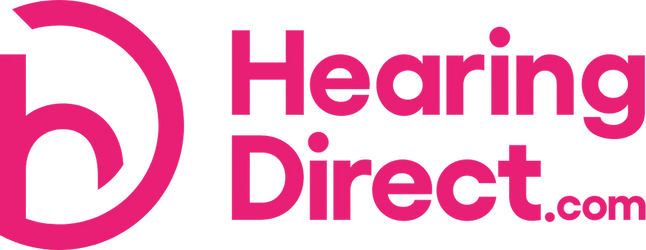How To Remove Earwax
Earwax is a secretion formed in the ear canal, which is responsible for keeping it lubricated, cleaned and protected from dust, dirt, bacteria and small insects. Without it, our ears would feel dry, itchy and would be exposed to hostile microbes and infections. The official term for ear wax is cerumen and its production is determined by the function of the sebaceous glands and apocrine sweat glands situated in the outer parts of the ear canal.
The type and amount of wax varies from person to person and along with its production it is naturally discarded by the ear together with the collected dust. Although earwax is an integral part of the ear, its excessive production may lead to health problems. Too much cerumen can block the ear canal and lead to hearing loss. The sufferer may experience pain, tinnitus, a sensation that the ear is clogged or have trouble hearing. Specific problems with the ear canal, e.g. if it is too narrow, might also make the natural process of earwax removal more difficult.
People who use hearing aids also often suffer from cerumen build up, which might be a result of the constant use of the device. When the user inserts it into the ear, they push the earwax back inside and in this way prevent it from exiting the ear. There are different methods to remove surplus amounts of earwax. Firstly, it may be necessary to soften the built-up cerumen with a cerumenolytic agent. This may be enough to remove the earwax, but sometimes the procedure needs to be followed by irrigation, which is usually performed by using a syringe. The solution, which is injected in order to clear out the ear canal, is predominantly water based and contains sodium chloride for disinfection. It is important that the liquid stays away from the tympanic membrane in order to avoid the risk of perforation.
In any event, before pursuing syringing or loosening of ear wax, you should consult with your GP or medical practitioner before taking steps to remove suspected ear wax to ensure other reasons are not causing similar symptoms. Earwax can also be removed manually, which is advisable when irrigation is not possible or has not been successful. It should be performed by a professional otolaryngologist with the help of specific instruments.
The market also offers a wide range of products that might help prevent earwax build up. Some of them are very convenient to use together within the ear hearing aids, for example, the Phonak SmartGuard Wax Protector, which contains 6 wax guards, whose aim is to protect the hearing aid from the cerumen.
Other useful products in this category are the HF3 Wax Filter, which is particularly suitable for Siemens and ReSound devices or Widex Cerustop Wax Guards. It is necessary to check in advance if the chosen wax guard is compatible with your hearing aid.
The process of earwax cleaning should be handled with great care. Please remember that it is a natural ear protector and performs several important functions. Therefore frequent cleaning procedures should be avoided, as they may leave the ear canal vulnerable to infections.
